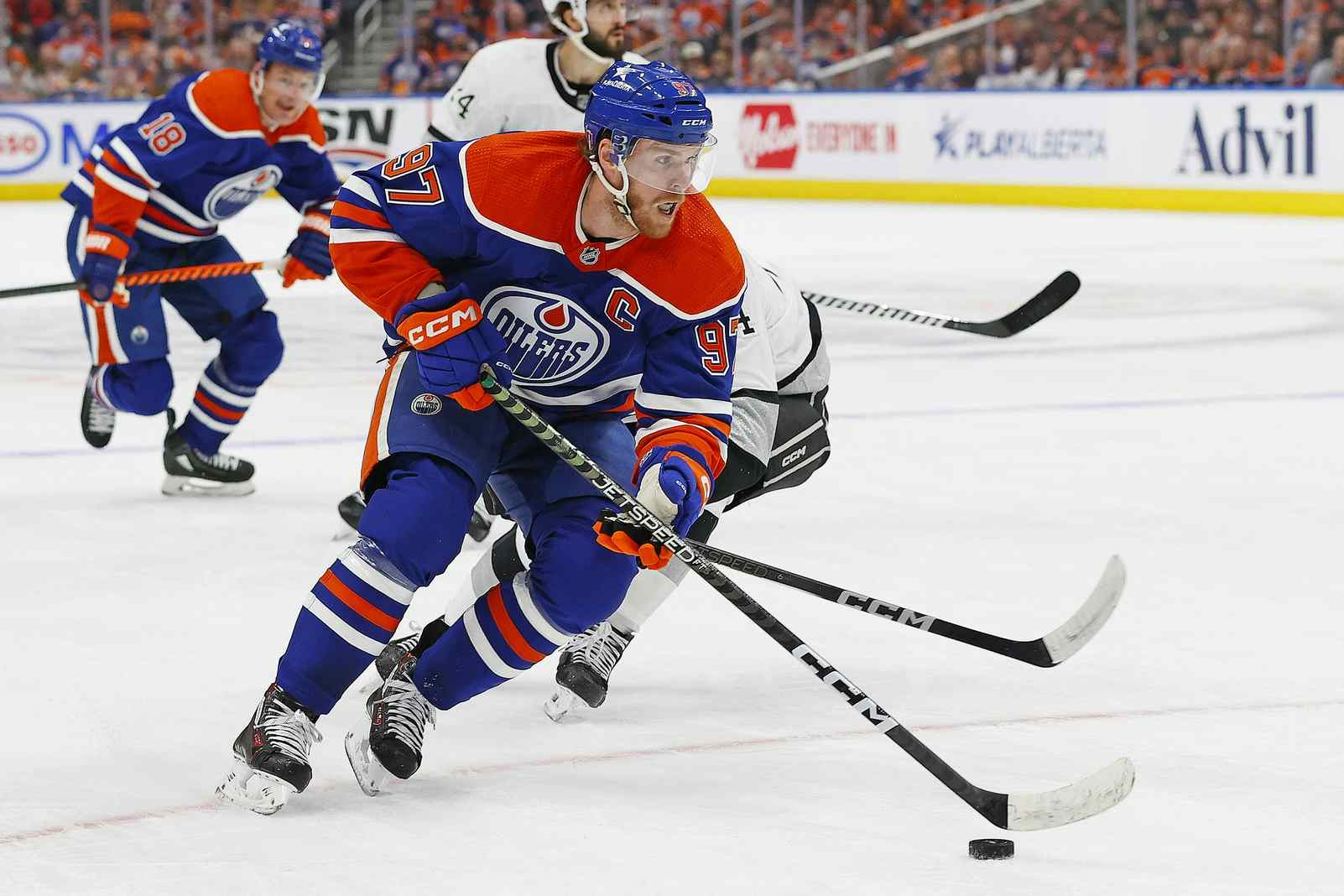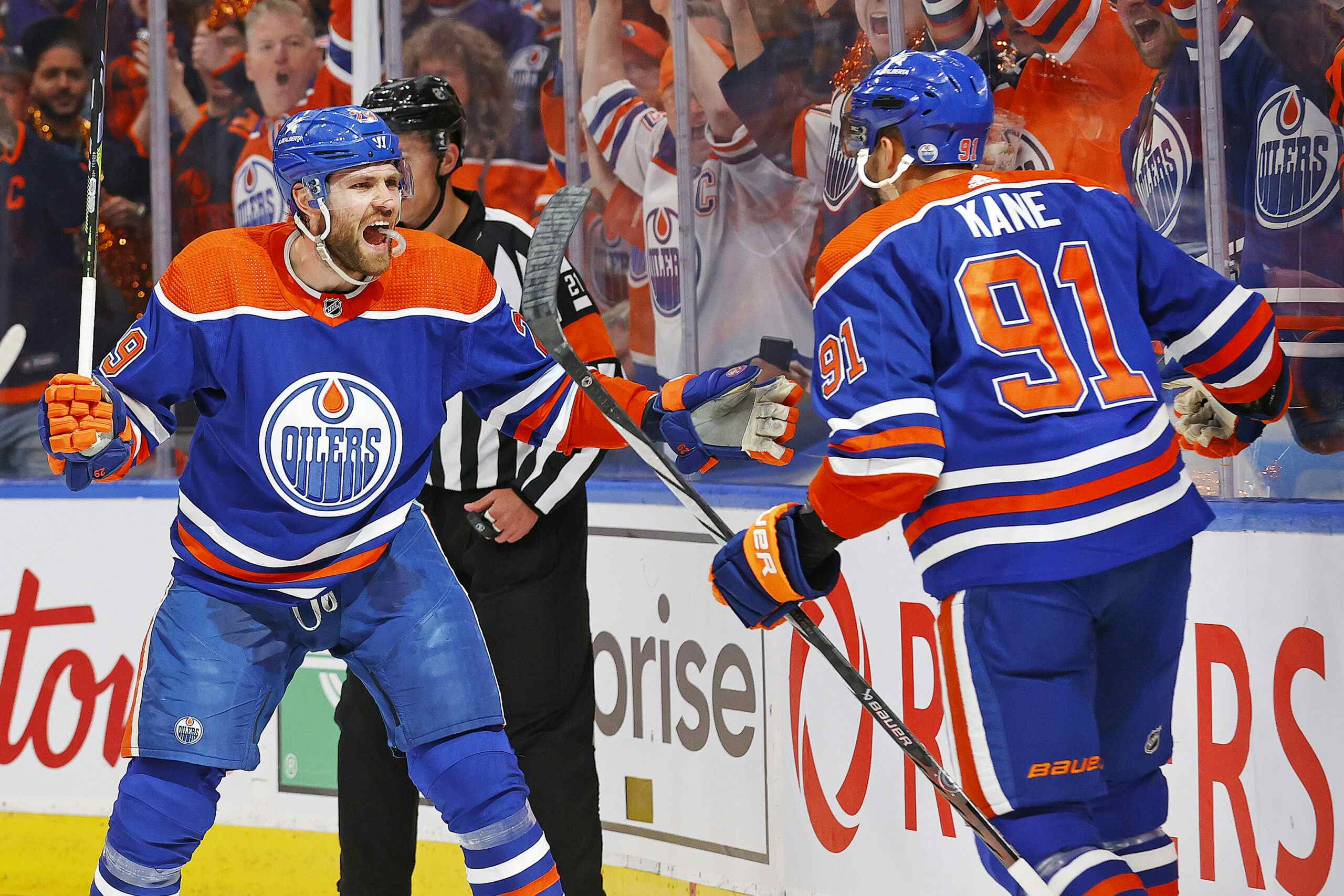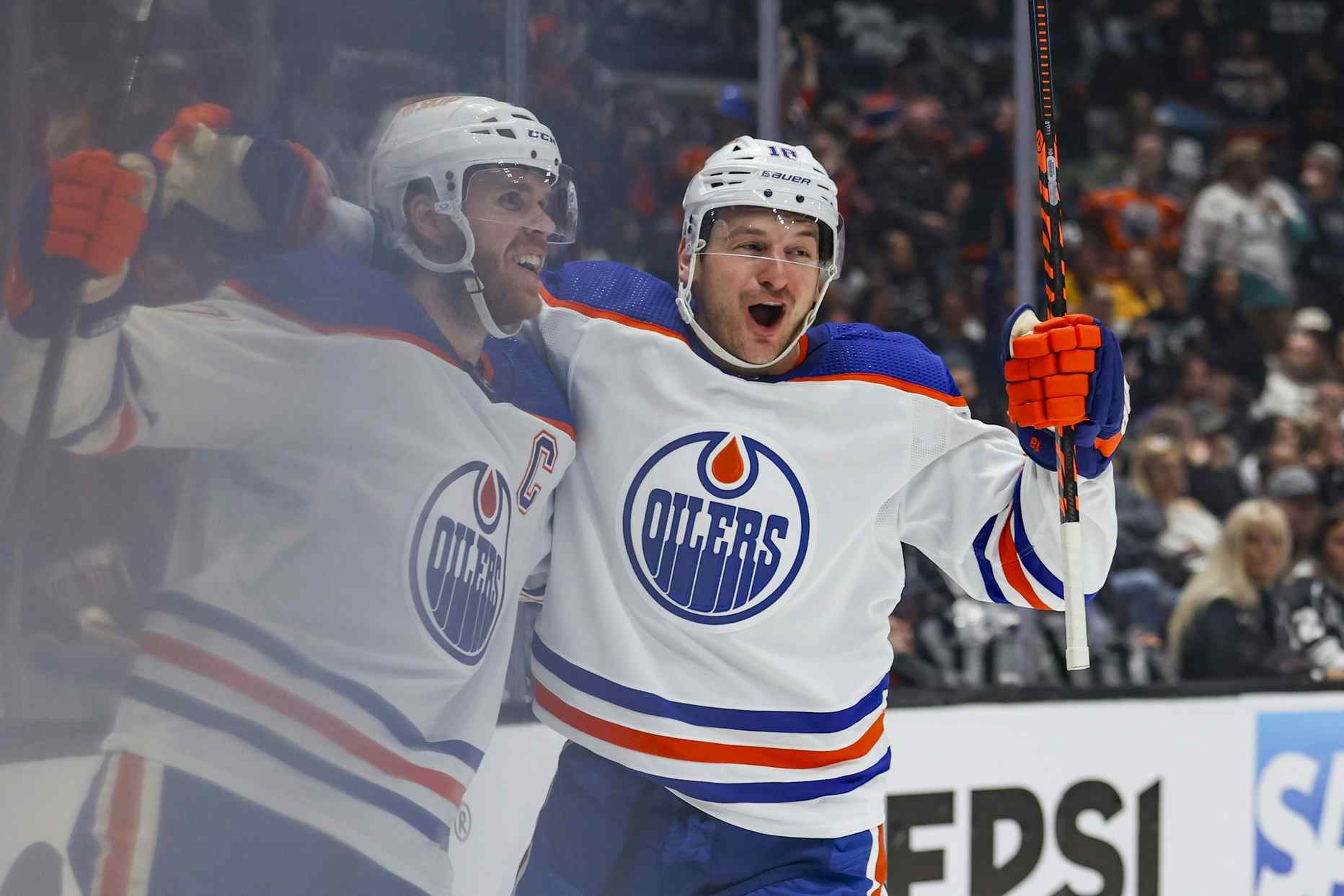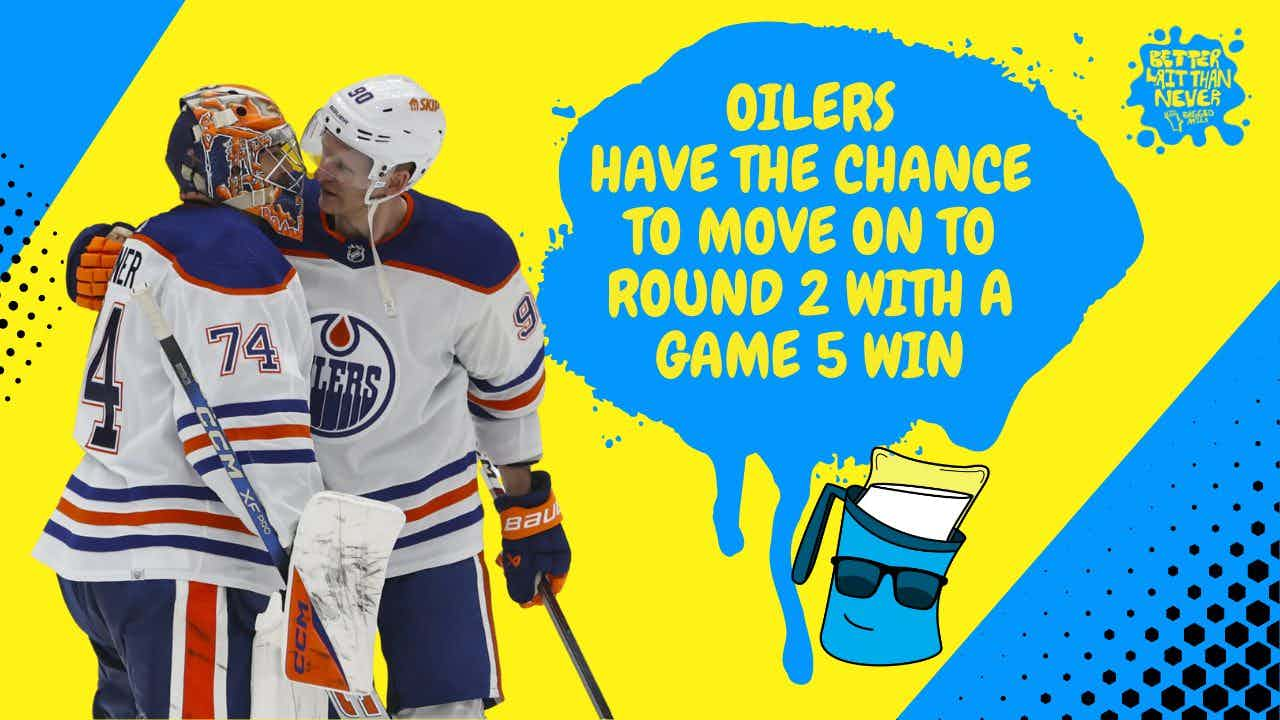Style vs. substance and the Edmonton Oilers

There’s a school of thought that suggests playoff hockey is war, and the team with the biggest, strongest players will carry the day every time. Is that kind of team necessary to win in the post-season, and if so what do the Oilers need to do to get there themselves?
The Ducks and the Red Wings
In 2006-07, the Anaheim Ducks won their first Stanley Cup, and they did it with a team that any old-school hockey man would love. They took 71 major penalties; the second-place team in the league took just 47. George Parros alone had 18 majors, more than three full NHL teams. They had more players with a fight than Detroit had fights. Hits are a notoriously finicky stat, due to things like home bias, but no team in the league recorded more hits on the road. Their top-six had skill, but it also had grit – the “nothing line” of Pahlsson, Niedermayer and Moen got heavy minutes – Pahlsson played more than any Ducks forward not named Ryan Getzlaf – and even a lot of their skill players were massive. It was a take-no-prisoners, dominate-physically style of hockey, and it worked.
The next season, the Detroit Red Wings won it all. They did it playing a style of game that would be anathema for many hockey men. Fighting was up league-wide in the wake of Anaheim’s win, but Detroit finished last with 21 major penalties – half of them coming from a player (Aaron Downey) who would not dress for a single post-season game. Four different players had more fights than the entire Detroit team. They didn’t hit much, either – the Red Wings were a bottom-five team in road hits – and they were small, too – the team’s five most-used forwards in the playoffs that season were all 6’ or shorter, as were seven of their top-nine (though strength was clearly not a problem, with the top six all listed at 195 pounds or more). This was a team that played against type – their forwards were not overly big by NHL standards, they didn’t fight, and (comparatively) they didn’t hit. They won anyway.
It would be difficult to imagine two more dissimilar Stanley Cup Champions, stylistically. The two teams placed entirely different priorities on the importance of traditional physical play – Anaheim emphasized it; Detroit all but ignored it. What both teams shared was competence: both the Ducks and Red Wings dominated the shot clock in the regular and post-season, and ultimately both ran up a crooked ratio of goals for versus goals against.
The Edmonton Oilers

Grit is a funny thing. We tend to define grit as physical play – a big (typically North American) guy who hits a lot fits the sterotype. But few would argue against Pavel Datsyuk as a gritty player – because he’s hard on the puck. He doesn’t lose it often and he’s a constant threat to take it when he doesn’t have it. Datsyuk’s a small European who rarely hits, but I can’t think of a single player in the Western Conference who plays a tougher possession game.
Looking at the Oilers’ personnel, I just don’t see them as an Anaheim-style team. With Ryan Nugent-Hopkins, Jordan Eberle, Nail Yakupov and Sam Gagner as four of the top-six forwards long-term, they aren’t built for it. Even with only three of those guys in the top-six (imagining, for instance, that Gagner is dealt for a bigger player), they can’t mimic the wall of size that the Ducks played with in 2007. But as Detroit showed, they don’t necessarily have to – if they can play a hard puck-possession game (something that they remain a significant distance from mastering) they can still win.
That, to me, is where the emphasis should lie. All else being equal size is always better than a lack of size, but the primary emphasis should be on players that do a good job of maintaining possession. Big guys like Nathan Horton in Boston and Ryane Clowe in San Jose – both pending unrestricted free agents as of this writing – fit the bill. Big guys like Ben Eager do not. And if the choice comes down to a big, flawed player or a mid-sized guy who rarely surrenders possession and never does without a battle, the team should take the latter player each and every time.
Basically, it’s the old ‘the size of the fight in the dog matters, not the size of the dog in the fight’ adage. If the Oilers have a team of players willing and able to do whatever it takes keep possession, to generate chance after chance while limiting the opposition’s opportunities, they can win. And maybe I’m looking at it through rose-coloured glasses, but a lot of the guys on the team seem to have those qualities, though a lot of them are still well back of their prime years right now. As they gain in maturity and experience, I think they can form the core of a contending team. The trick is to augment those players with others – big or small – who don’t give up on the play, who dominate possession and show equal ferocity on the fore-check and the back-check. That kind of grit sometimes shows up in hit counts or fighting majors, but it always shows up in shot totals and goal totals. It’s that substance, regardless of the style of the team, that won championships for Detroit and Anaheim.
Recently around the Nation Network
- Canucks Army: Should Vancouver claim Steve Montador?
- Flames Nation: A rebuild is upon you
- Jets Nation: A mid-season review in Winnipeg
- Wanye: Draft update and Laich hating
- Strudwick: O captain, my captain!
- Brownlee: Drudgery taks a day off
- Lowetide: Sale on, sail on, sailor
- Willis: A summer of miscalculation, a winter of failure
- Follow Jonathan Willis on Twitter
Recent articles from Jonathan Willis





